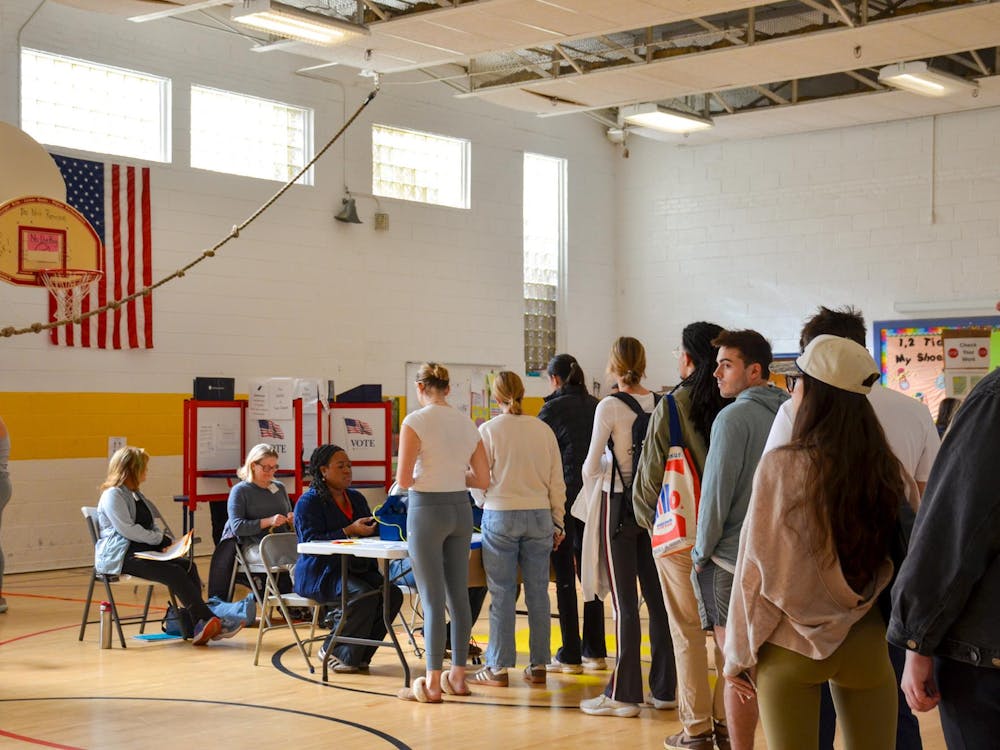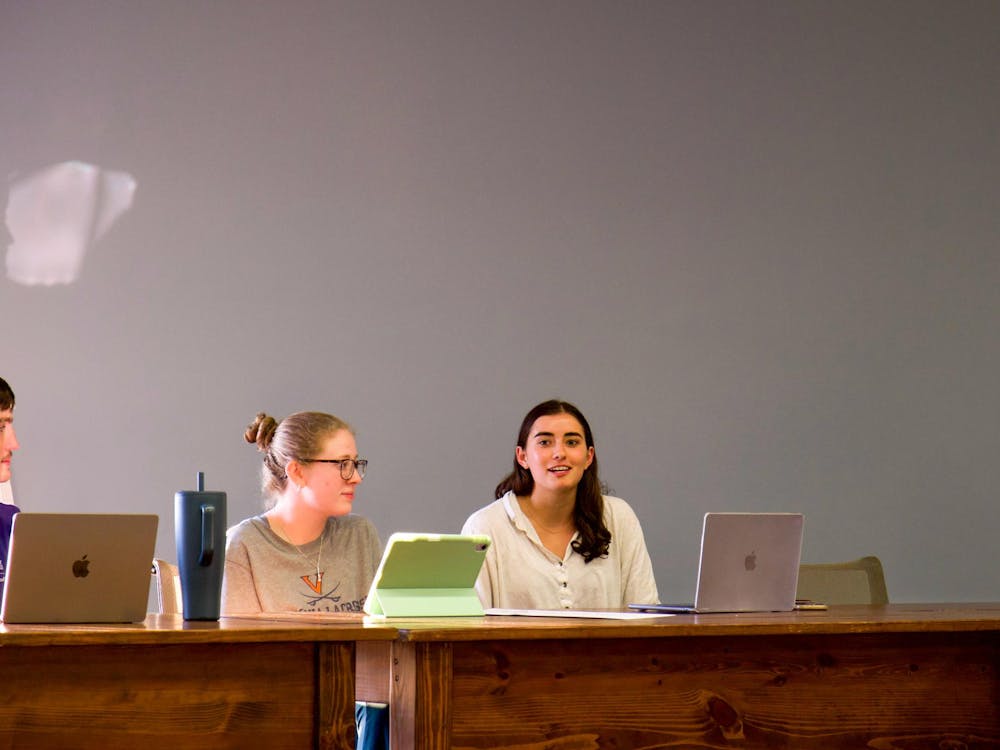College Portrait, a Web site that seeks to increase the transparency and accountability of colleges and universities across the nation, was recently unveiled by the Voluntary System of Accountability, a program started by the National Association of State Universities and Land-Grant Colleges and the American Association of State Colleges and Universities. The University, though, has not joined on as a participant, citing concerns with the assessments used.
David Shulenburger, vice president of academic affairs for the NASULGC, said the project has defined accountability “in terms of providing students with kind of information that they needed in order to compare universities and help make university choice.” He noted that students lack information in a “readily accepted place” that would help them compare schools.
John Hammang, director of special projects for the AASCU, said VSA started its efforts to increase transparency and accountability among colleges and universities after criticism from Education Secretary Margaret Spellings’ Commission on the Future of Higher Education regarding accountability.
“The Spellings commission reported during their discussion that they were critical of accountability information that was available to students, and we wanted to be responsive to that,” Hammang said.
College Portrait offers detailed information and profiles of hundreds of universities from across the country, Shulenburger said, with these profiles being divided into three distinct sections.
“The first section is what we call ‘consumer information.’” Shulenburger said. “Students wanted to know how likely they were to fit in and feel comfortable at a given university — the size of the university, the gender, racial and income mixture of students. We provide a lot of information on those types of things.”
According to Shulenburger, the first section of a university’s profile also provides viewers with a “cost calculator” that estimates the general cost a student attending a specific university can expect.
“Parents expressed real anger not at the level of cost but at the fact that it was hard for them to predict how much a university would cost,” Shulenburger said. “It’s hard to calculate how much it will cost for you to get a meal plan or know realistic book costs. The calculator will help students estimate what federal aid they might receive and what the university will cost them.”
The second section of the profile, called “student engagement,” seeks to give prospective students an idea of what it would be like to attend a university based on information gathered through student surveys, including information about extracurricular activities and programs, Shulenburger said.
The final section of the College Portrait profile focuses on measuring and reporting “learning outcomes” at the various universities. Participating universities test students at the beginning of their freshman year and then again at the end of their senior year to measure how much they improved in certain areas over their four years.
“The tests measure three kinds of high-level learning,” Shulenburger said. “They measure critical thinking, general problem-solving ability and written communication.”
Reporting these “learning outcomes” has proven to be one of the reasons many universities across the nation have not joined the program, Shulenburger said.
“The measurement of learning outcomes has been controversial because not many [universities] have history of measuring learning outcomes, and it’s difficult to do,” Shulenburger said.
The University of Virginia chose not to join this program last year, University spokesperson Carol Wood said, because it already is transparent and presents this information to prospective students.
“There was a great deal of thought going into this decision,” Wood said. “There really is no strong motivator for us to [join the program] because we already have so much of this info available on our Web sites.”
One of the other reasons the University elected not to join the program is because University officials did not believe the three criteria of the profile would give viewers an in-depth and accurate view of the University, Wood said.
“Some of the assessment tools they are using we felt did not give good and deep information and ... were probably too broad to be of value,” Wood said.
Wood also noted, however, that she believes the College Portrait idea is a good one, providing all sorts of information about colleges and universities in one central location for prospective students and their families.
“What we might think about doing is creating our own template so it brings all of this information under one umbrella, which would make it easier for parents and prospective students to look at this information.” Wood said.






